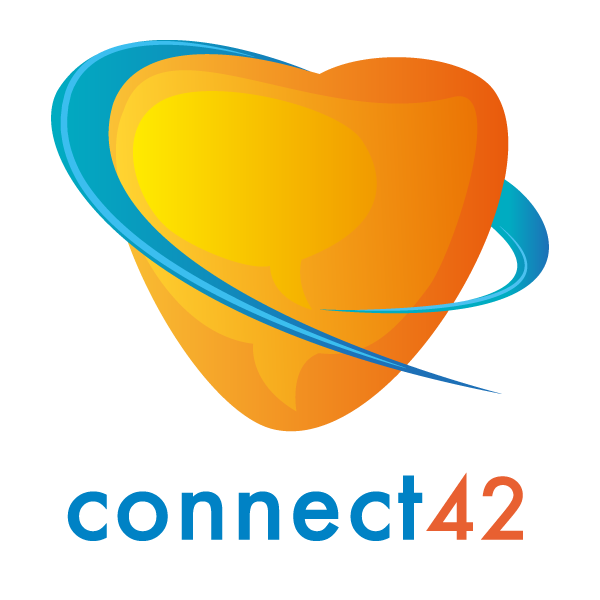Collaboration, Yes we Can.
“Our learners have the skills and confidence in literacy to successfully participate in learning, life and work”.
This is the Department of Education’s ambitious, yet realistic goal for all students. Speech and language pathologists (SLPs) are an integral part of reaching this goal, which has been identified as part of the Literacy Framework’s Action Plan. It relates to Action 2 of the framework, which has been my focus and passion this year: to build on the collaborative culture between speech and language pathologists and educators for a more coherent approach to improve oral, augmentative and alternative communication.
This year my role has essentially been to collect information and data about how speech and language pathologists are currently working in schools, how we are collaborating with educators in the oral language and literacy space, and to provide recommendations based on the findings.
This rather large task of data collection has been a completely new world to me. I am used to being in schools, working with kids, talking with families, making a difference on the ground.
Instead, I have been privileged with time to delve deep into evidence-based research, have conversations with my colleagues about what they are trialling in schools, and develop relationships with other parts of the Department such as curriculum, literacy coaches, and early years. I have been able to consult with researchers and fellow colleagues from interstate and across the globe, who have generously made the time to share insights and evidence-based practice in collaboration between SLPs and educators in literacy.
When you first mention ‘speech pathologist’ most people associate the role with speech sound difficulties and stuttering. This has also been a common perception in schools. In order to build the collaborative culture between SLPs and educators, there needs to be a shared understanding about the complementary roles of SLPs and educators regarding oral language and literacy. As our title suggests, speech and language pathologists have expertise in speech and language. We have a deep understanding about how children’s speech and spoken language develops, and how this supports children to “cross the bridge” to written language.
There is also a perception that SLPs are predominantly diagnostic clinicians. Yes, we do diagnose a range of communication and speech sound disorders. Traditionally, we do provide in-depth assessments and reports for students, along with recommendations and adjustments. Sometimes this also involves 1:1 intervention at the school.
However, as a profession we acknowledge that the withdrawal of students for speech pathology intervention is not always efficient or effective. We acknowledge that there is a dual role of SLPs: responding to the individual needs of students, as well as collaboration to build the capacity of others to support students every day in the classroom.
All students learn best in inclusive environments that implement high quality evidence-based instruction and intervention. Best practice in education sees SLPs working alongside other education colleagues, to uphold the rights of children and adolescents to equal access and participation. This means a more collaborative approach is necessary. Our collaborative endeavour acknowledges the respective professional knowledge and expertise of teachers and SLPs in supporting student progress, especially those who need additional instruction and intervention. This collaborative work also aims to align with the Department of Education’s three endorsed documents to guide teacher’s practice: The Pedagogical Framework, The Guide to Systematic Curriculum and The Curriculum Assessment Strategy.
I have been able to reflect on my own practice and how I will work differently moving forward. When we know better, we do better. It has been a privilege to hear about all the great, collaborative work SLPs and educators are doing in schools already. Working side-by-side, sharing knowledge and expertise, all for the benefit of our students. As we can all acknowledge, working with adults can improve the outcomes for many more students, as opposed to only working 1:1.
It takes courage to change one’s practice and lead change in schools. We have evidence regarding the explicit teaching of literacy and know what works. We all need to work together, with mutual respect and trust in each other’s knowledge and expertise, and privilege time to make collaboration a priority. I know I will be committed to continue to share stories of success and collaboration within our schools, empowering others to join the Department of Education’s goal for 100% functional literacy for all Tasmanians.
Courtney Dunbabin is a Speech and Language Pathologist and Literacy Project Leader with the Department of Education in Tasmania. Here she writes for the Colleagues @ The Heart of Literacy initiative which this year is focusing on DLD. Find out more at connect42.org.

